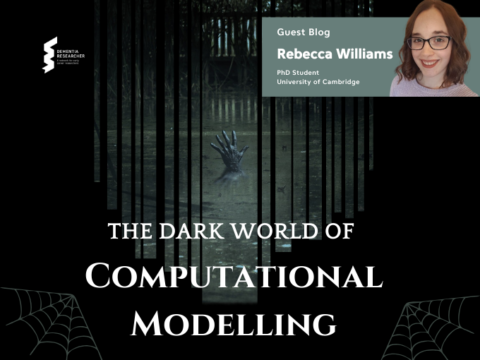 How can care homes fulfil the needs and demands of people living with dementia, their families and staff without prioritising the need for technology?
How can care homes fulfil the needs and demands of people living with dementia, their families and staff without prioritising the need for technology?
When we look at designing built environments for people living with dementia, be it a unit, a retirement village or a care home, the use of technology for social connectivity is not a significant priority on the list for many stakeholders. The costs, safety, visual appeal, and if we are lucky; an adherence to design principles for dementia enabling environment are usually on the top of the lists. In both work and studies; long term analysis of environments that are utilised by people living with dementia found a clear gap in research and practice in the use of technology (video conferencing, voice technology, wireless technology, displays etc.) to encourage social connections. For people living with dementia, caregivers and frontline personnel, incorporating connective technology in their lives can help them to connect, communicate, learn, and engage in meaningful new experiences. The reality is that in many facilities designed for people living with dementia; wifi, which is an essential amenity for the general public is not a requirement in these environments. In some care homes, retirement villages, and age-friendly facilities, Wi-Fi may be nonexistent for residents. The interior may not have sufficient powerpoints to set up wireless charging stations, or safe, secure storage places for residents and staff to store their items. The narrative that people living with dementia do not need connective technology needs requires rewriting, and with persuasive evidence to encourage change. The technology for social connectivity is deemed essential in schools but why not for people living with dementia? How easy would it be for spouses, siblings, grandchildren, friends, and even clinicians keep in touch with a resident should they have access to video chat or conferencing? In a time where older adults and their families equipped themselves with smartphones, tablets, smartwatches, countless apps, and digitised progress notes. It begs to question why are environments designed for people living with dementia, their family and the wider health care sector are not keeping up with current needs? Is it fair to deprive people with dementia from being technologically connected to their social network, and what are the assumptions that are resulting in these actions?
 In the past weeks, we have seen and heard stories of families kept apart due to social isolation requirements across countries. Families have all been doing the right thing and ensuring that they comply with social distancing requirements; it is painful but required to protect the lives of older adults. However, this situation has brought to light the lack of the use of socially connective technologies that can help connect people with their community in a timely and affordable manner. In the instance of video calls, as much as some may argue that it is unfamiliar technology for people living with dementia, the ability to see and hear their loved ones provides people living with dementia and the recipients’ assurance and peace of mind. After all, seeing is believing. It may not work for everyone but it may improve the quality of life for some. Will families visit less? Will the person living with dementia receive higher social engagements via video calls with family and friends? More research is required to assist in these questions across countries and cultures.
In the past weeks, we have seen and heard stories of families kept apart due to social isolation requirements across countries. Families have all been doing the right thing and ensuring that they comply with social distancing requirements; it is painful but required to protect the lives of older adults. However, this situation has brought to light the lack of the use of socially connective technologies that can help connect people with their community in a timely and affordable manner. In the instance of video calls, as much as some may argue that it is unfamiliar technology for people living with dementia, the ability to see and hear their loved ones provides people living with dementia and the recipients’ assurance and peace of mind. After all, seeing is believing. It may not work for everyone but it may improve the quality of life for some. Will families visit less? Will the person living with dementia receive higher social engagements via video calls with family and friends? More research is required to assist in these questions across countries and cultures.
The is a gap of knowledge in this space, and there is so much that research can offer in technological interventions that can improve the quality of life and care for people living with dementia, but first these environments need to be able to support these interventions. Connectivity via technology should be a fundamental right for all people living with dementia in care homes. In a time where there is a growing number of people living with dementia using technology to remain socially connected, environments designed for people living with dementia need not look to the past but at present and future needs of their residents and be technology ready.

Joanna Sun
Author
Joanna Sun is a PhD student with the University of Wollongong and a social media coordinator at the Wicking Dementia Research and Education Centre. Joanna has developed an environmental assessment tool for facilities providing high levels of care for people living with dementia in Singapore. Inspired through caring for her great-grandmothers experience of living with dementia, the place she lived, and the detrimental impacts on her health and wellbeing.

 Print This Post
Print This Post




